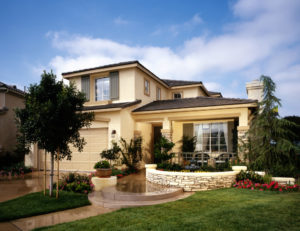The importance of having a good office layout is often overlooked when, in fact, the layout contributes to employees’ efficiency and satisfaction. This guide will discuss some of the best office layouts that you may want to consider.
Before we delve into the best ideas for an office layout, we must know what objectives we should strive to achieve:
- Maximization of floor space. When designing an office layout, you should aim to make full use of the floor space available. It does not necessarily mean filling every inch of available space with commercial office workstations, but rather using it wisely so that space is not wasted.
- Smooth workflow. We want the flow of work to be as smooth as possible to avoid wasting time and effort.
- Safety and security. The layout of the office should minimize the risk to employees and assets in case of a fire, accident, or natural calamity.
- Improved work performance and satisfaction. Having an ideal office layout can help make the environment more conducive to work, and in turn, help boost morale and efficiency.
Office layout ideas you should consider:
1. The newsroom
For a company that requires rapid collaboration and effective communication, the newsroom layout is the top choice. In this type of office layout, desks are pushed together to put groups in close proximity with each other. Cubicles and dividers are also removed to facilitate better communication in a fast-paced work environment.
2. Open space
Open layouts are preferred by millennial and Gen Z employees, who prefer not to be trapped in a cubicle. Similar to the newsroom, cubicles are removed to help improve communication and employee relationships. However, desks are not necessarily clustered together. Instead, an open office layout features a few rows of tables that can hold each employee’s workspace.
3. Ergonomic office
The ergonomic office prioritizes employee health and comfort with ergonomic workstations, standing tables, comfortable couches, and movable laptop desks. This type of layout veers away from the typical rigid structure of the traditional office and incorporates more flexibility and freedom to keep employees healthy and happy.
4. Recreational office

Almost a third of office employees say that they have experienced burnout at least once in their career. Excessive amounts of stress, whether avoidable or not, can affect employee retention and work performances. Companies can significantly decrease employee burnout by incorporating recreation into the workspace so that employees don’t have to wait to get out of work to blow off some steam. Simple additions such as a game room, a quiet space, or a bunch of game consoles can boost fun and morale.
5. Separate rooms
If the work requires focus and privacy, going for separate rooms may be the best option. Unlike using cubicles, having rooms can be less suffocating and more work-conducive since noise is lessened. Private rooms can be given to higher-ranking employees who may need to take confidential calls or meetings, and semi-private rooms can be given to departments or people who need to work closely together.
There are many factors that affect employee satisfaction and performance. One of these factors is the layout of the office. With one of the layouts stated above, you can create an office that will make your employees happy and productive.













